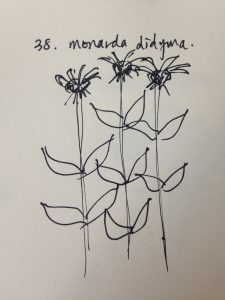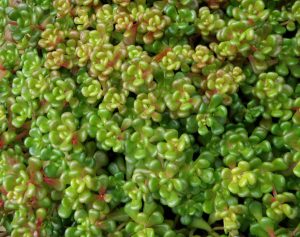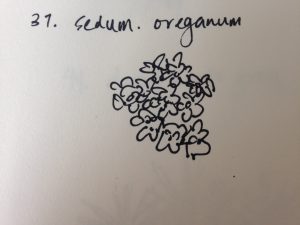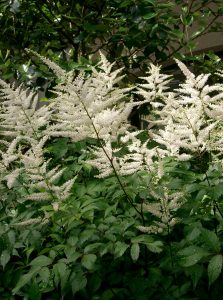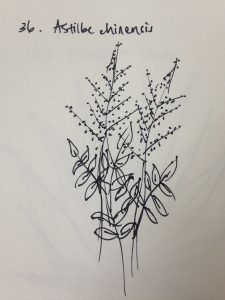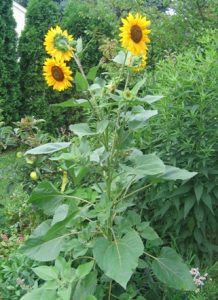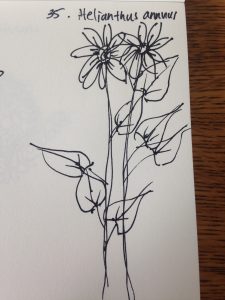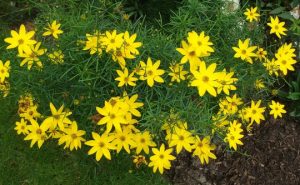
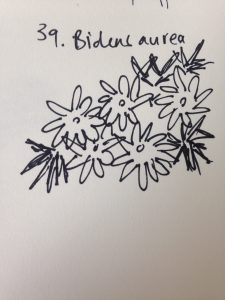
(image from google images)
Common name: Arizona beggarticks
Size, form, texture: height 3-4 ft, spread 2-3 ft,
Hardiness, origin, native ecology: zone 8 plant, drought tolerant, good with trees, generally subtropical, aggressive perennial, network of self seeding rhizomes, prolonged seeds food source for birds, stick to animal fur, native to North Guatemala through Mexico and Texas, prefers average medium well drained soil in full sun.
Bud, foliage, flower and fruit characteristics: Produces yellow flowers over about 4 months, September and October, high blooming value, thick foliage represses weeds.
Cultural and maintenance requirements and appropriate uses in the landscape: Good perennial for slabs, shallow roots, also good in borders, prairies and wild naturalized areas.

